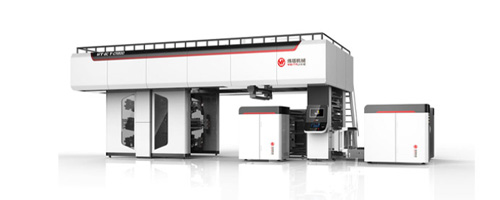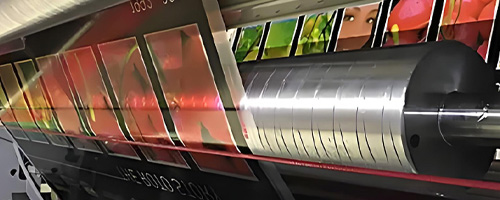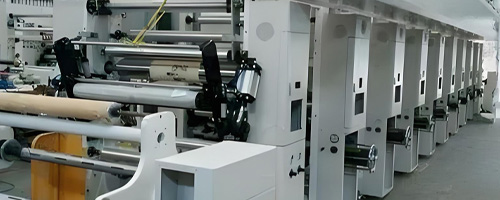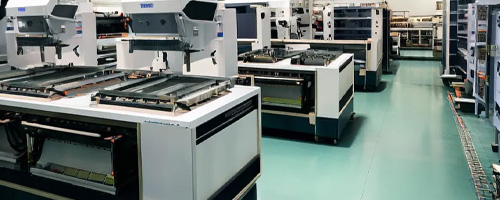 RU
RU
 EN
EN
 CN
CN

Position:HOME > Ink Knowledge

The pattern on the printing plate is prominent, the blank place is concave, through the anilox rollers to transfer ink, generally printed with water-based and UV inks, can reach 400 meters per minute. Flexographic printing is also a kind of letterpress printing.

The printing pattern on the surface of the printing plate is concave, the blank space is protruding, the printing ink layer is very thick, the color is bright, the line is clear, and the saturation is high. Solvent-based ink and water-based ink are available!

The graphic part and the blank part is in the same plane, to the surface of the printing plate inking, only the graphic part of the adsorption of ink, plate work is simple, low cost, suitable for large quantities of printing, mainly using solvent-based inks.

The printing plate consists of a number of small sieve holes, non-graphic part of the mesh is coated with a photopolymer coating sealed, printing adaptability, thick ink layer, three-dimensional sense of strong, bright colors, mainly solvent-based ink.
The water-based inks tested exhibit exemplary adherence to current SVHC regulations. Such compliance not only meets legal obligations but also positions the product as a safer, environmentally responsible choice for end users.
Dec 06 2024
China's water-based ink manufacturers are playing a key role in the transition towards a more sustainable and eco-friendly printing industry. As environmental concerns grow and regulations become stricter
Dec 05 2024
Water-based inks are generally considered to be a safer, more eco-friendly alternative to solvent-based inks, offering fewer risks to both human health and the environment. water-based inks represent a step in the right direction for the printing industry
Dec 05 2024
High-speed printing demands inks that can keep up with the pace while delivering exceptional quality and performance. In UV flexographic printing, the choice of ink plays a critical role in ensuring smooth operations
Dec 04 2024
Harmonized System (HS) codes for printing inks are categorized based on their composition and use. Here are the most common HS codes for printing inks:
Dec 03 2024
UV varnish has become a staple in the printing and packaging industry, known for its ability to enhance the aesthetic and functional appeal of printed materials. By offering a fast-curing process through ultraviolet light
Dec 02 2024
UV-cured printing ink is revolutionizing the way paper bags are printed, offering unmatched quality, durability, and environmental benefits. As businesses continue to prioritize sustainability without compromising on aesthetics
Dec 01 2024
Offset printing is one of the most popular methods for producing high-quality printed materials. However, like any printing process, it comes with its share of challenges. Many of these challenges stem from the printing inks used,
Nov 29 2024
One of the most effective ways to enhance the durability and visual appeal of flexo-printed materials is by using UV varnish. This versatile coating offers numerous benefits that make it
Nov 28 2024
Flexo UV varnish is a specialized coating used in flexographic printing to enhance the appearance and durability of printed materials. This type of varnish is cured using ultraviolet (UV) light
Nov 27 2024